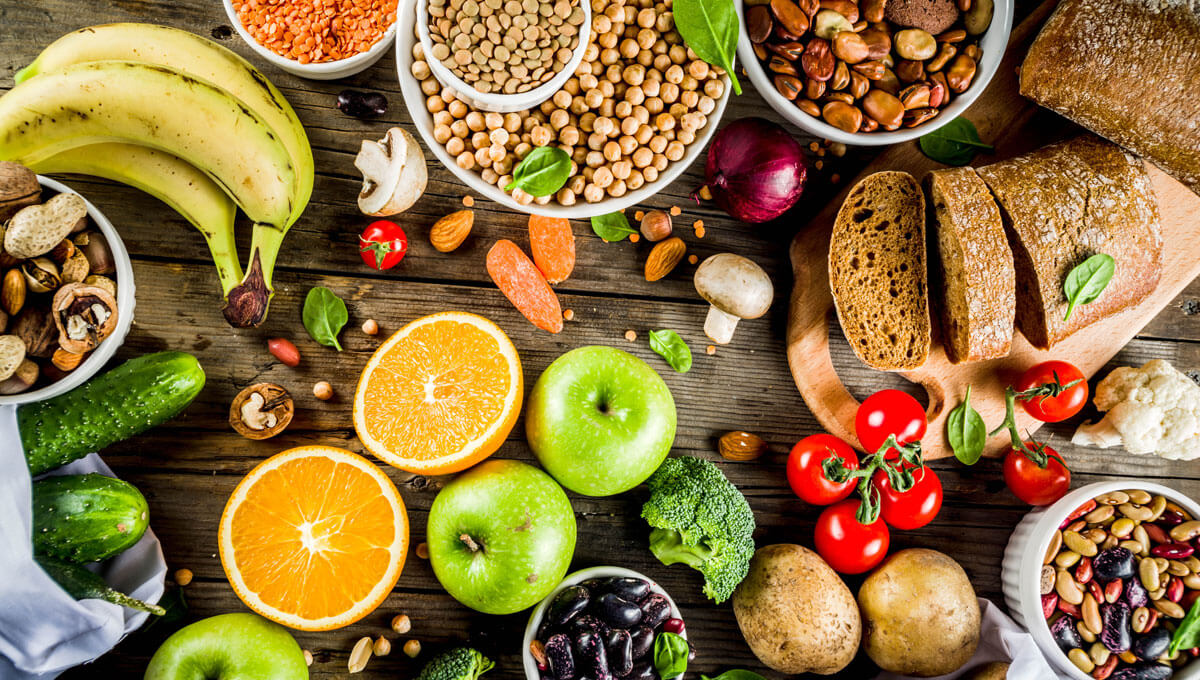
Ways to drink more water

People struggling with sugar problems should take care of their daily diet. One of the most important aspects is the consumption of products with a low glycemic index. What is this? Are there effective ways to lower it?
It is a parameter which helps to determine the speed of absorption of carbohydrates. The higher the glycemic index value, the faster the product causes a rapid rise in blood sugar levels. The reference value is 50g of pure glucose, which has a GI value of 100. People with diabetes and other carbohydrate metabolism disorders should base their diet on meals with low to medium GI.
The safest way to avoid sugar spikes is to choose products with low GI values. However, it is good to know that there are a few simple tricks to lower the glycemic index and thus reduce the risk of exaggerated insulin spikes. Here is a list of some useful solutions!
Ensure that prepared meals contain all macronutrients. Proteins and fats slow down the digestion of carbohydrates and limit excessive spikes in blood sugar.
Overcooked cereals, rice and pasta have a high glycemic index. Preparing them in a semi-hardened form prevents excessive insulin spikes and makes it easier to control normal sugar levels.
One of the most effective ways to lower the glycemic index is to avoid eating hot food. After preparing a meal, it's a good idea to wait a while and then reheat it to achieve a much lower GI value. In addition, cold dishes such as salads should be introduced to the menu.
Products prepared with yeast have a high GI. It is much more beneficial to choose breads that contain natural sourdough starter. In this case, the risk of insulin release and sugar spikes is significantly lower.
The information below is required for social login
Sign In
Create New Account